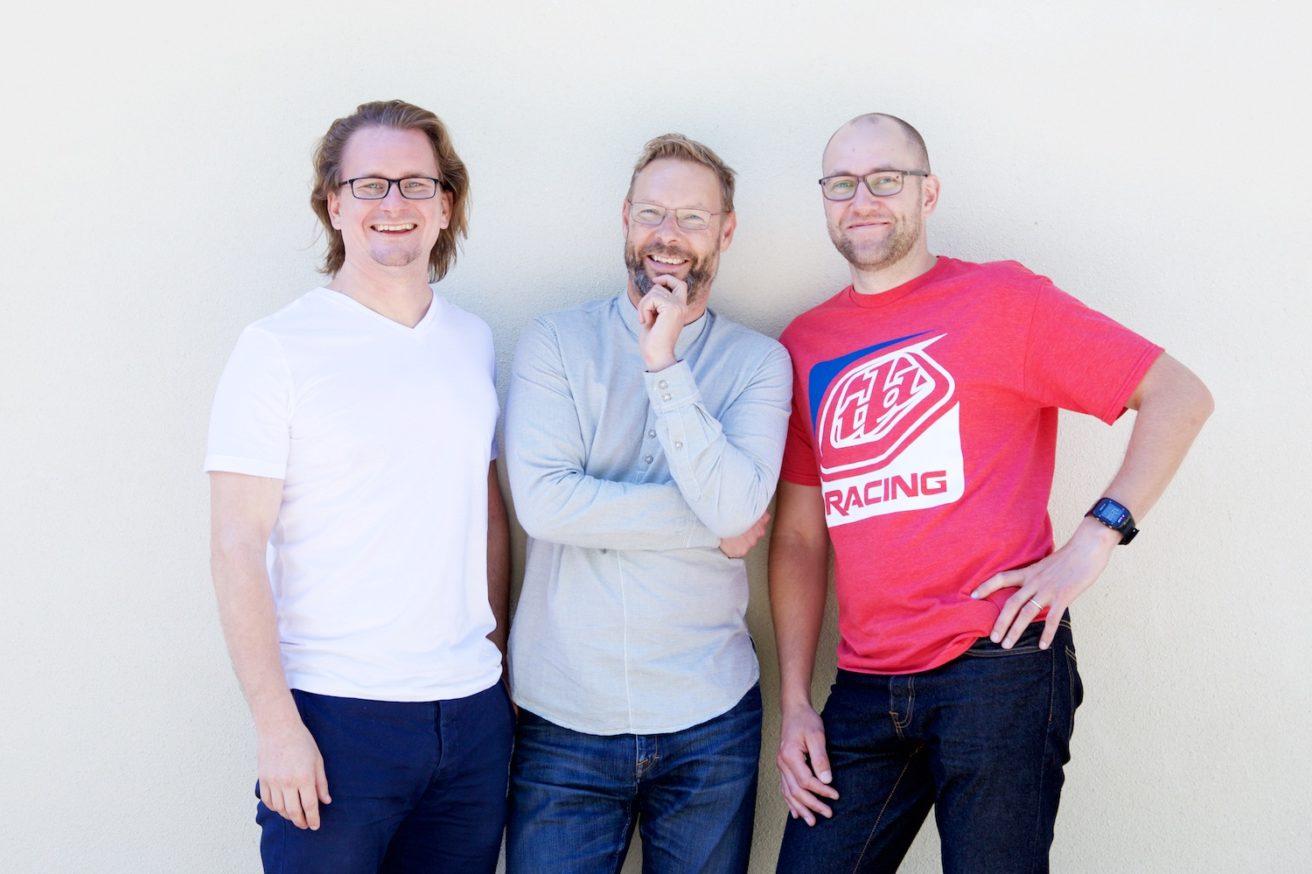
Are you managing change or facilitating organizational development?
If you’d like to read the blog post in Finnish, please click here.
Our customers no longer want to buy planning from us. They want to buy organizational change and its implementation. For us – as consultants or directors – this means two things: we need a better understanding of the psychology of change and a more appreciative attitude towards other people.
To put it bluntly, a consulting service is often nothing more than the team withdrawing into the corner office for three months to create a stack of slides. After that, they’ve presented their statistical analyses and marketing reports to the management group. The rest has often remained a mystery. Such a process is expensive, slow and inefficient.
In my job, I am lucky to meet hundreds of consultants and innovative leaders from all over the world. I truly see in practice how the need for changes in organizational culture and ways of working varies from day to day.
The path of continuous development
Change is so urgent in organizations and so necessary in business that planning and implementation have to be brought together a lot earlier than before. They walk hand in hand, and in fact, we are no longer calling it change management. It’s more about organizational development, transformation.
In the U.S., change management is regarded as a project with a carefully defined goal. Progress is made step by step: you create a plan, implement it and try to avoid the pitfalls on the way.
But the idea of continuous organizational development has emerged next to or even above change management that is carried out like a project. In continuous development, we know the direction but not the exact route.
Ask everyone
Transformative development is based on an appreciative attitude. Every company has a huge amount of valuable intuition and experience that should be harnessed in order to find the right direction. The management group can be a long way from the customers’ everyday life. At the same time those who are constantly in touch with the customers may not have a channel to influence the operation of the organization.
Transformation can only be successful if everyone – each employee and partner – always keeps their eyes open and knows how to work on their observations and take them forward. Digital technologies provide practical tools for the sharing of knowledge, experience and learning within an organization. This creates a more social learning environment, which we believe is the future or learning and development. The plans drafted in the corner office become real-time action that is also transparent and inclusive. Use of social media is easy and spontaneous. A work community can use similarly easy and spontaneous digital communications instead of stiff emails.
Stronger trust
It is said that an information void will soon be filled with assumptions and interpretations. But when an organization begins to genuinely develop together, vacuums caused by a failure to communicate will disappear. People start to trust their own competence and that of others more. Change is no longer the point but just an element of growth.
In transformation, everyone brings about change. Each decision or choice is based on expertise that is as competent and varied as possible. Instead of being objects, people become subjects of change. They are creating a story together, not feeling “oh no, yet another change.”
If you’d like to read more expert tips for facilitating complex organizational change, download our free eBook: Top 5 tips & tricks for powerful digital facilitation.